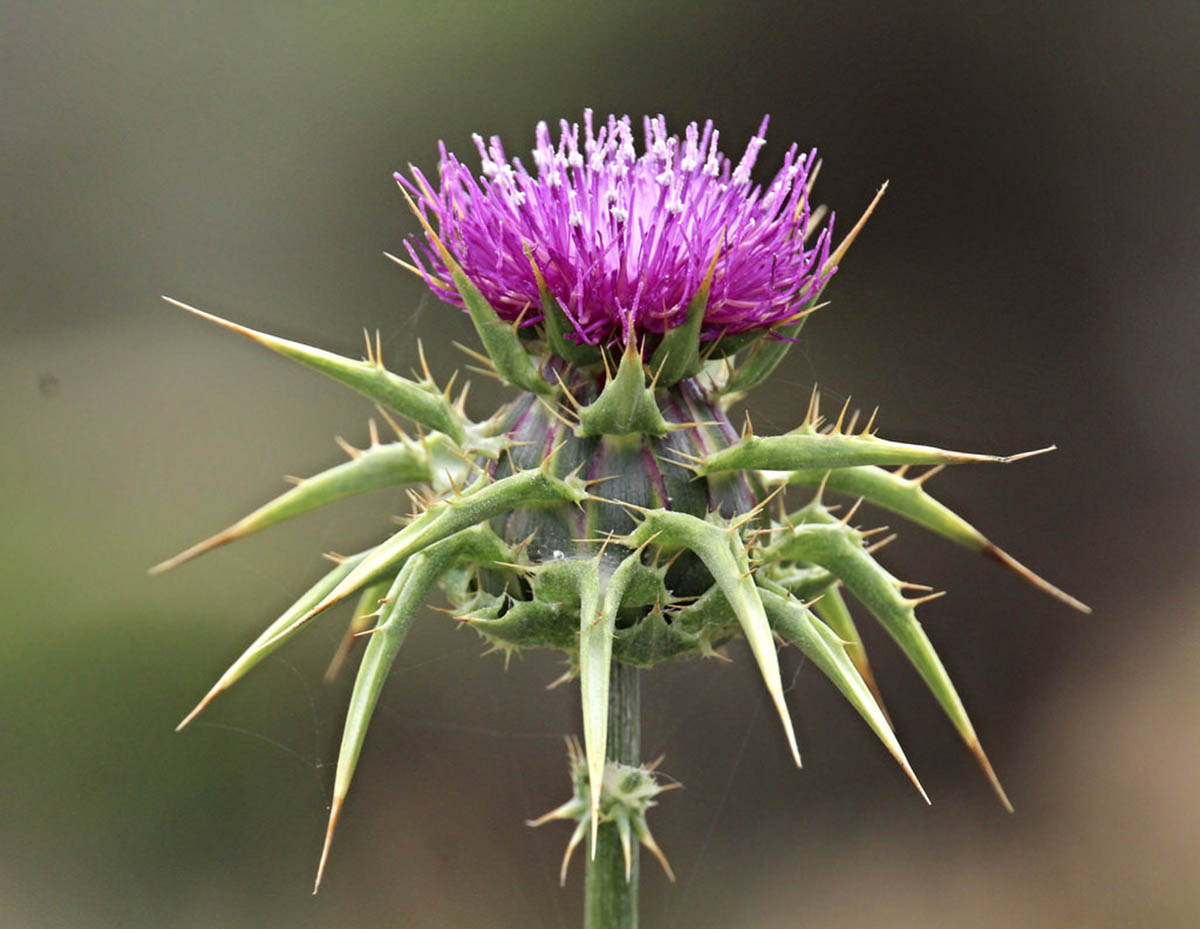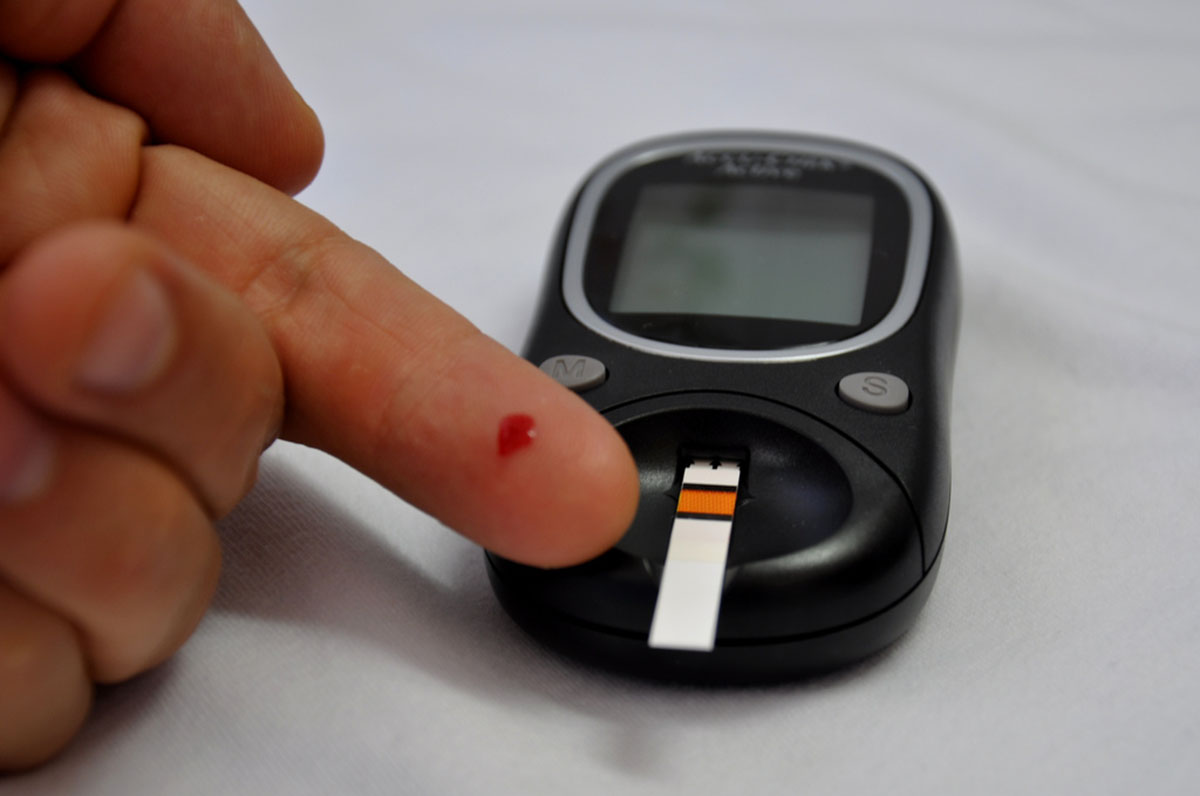There are over 1300 herbs that lower blood sugars. Taking most of them is a bad idea.
Hundreds of herbs lower blood sugar levels by stimulating beta cells in the pancreas to release insulin. The usefulness of these herbs depends, of course, on still having beta cells in the pancreas that still produce insulin. These herbs are useless in type 1 diabetes, in which an autoimmune process has compromised the ability of these cells to make the vital hormone. They are of temporary usefulness in type 2 diabetes, but they make the underlying problem in type 2 even worse.

Type 2 diabetes is at least at first a disease of insulin resistance, a reaction of cells over almost all of the body to take in less glucose in response to insulin. Some herbs force the body to make so much insulin that resistance becomes futile, at least for a while. However, increasing insulin levels also increase insulin resistance, so that the body has to produce more and more insulin to get the same effect. In a process similar but much slower than the autoimmune destruction of insulin-producing cells in type 1 diabetes, beta cells gradually "burn out" in response to excessive stimulation. The herb that makes diabetes control a little easier for a few months can make control a lot harder for years to come.
Milk thistle is among a very few herbs that make managing diabetes easier without damaging the insulin-making machinery of the pancreas in the process. Milk thistle reduces insulin resistance. In fact, it reduces a very specific form of insulin resistance. Milk thistle encourages liver health. It reduces the effects of free radicals that can trigger the formation of fibrous tissue in the liver. It helps liver cells overcome the toxic effects of high blood sugar levels, enabling them to do their work in reducing blood sugar levels.
READ Are You Risking Heart Disease with Diabetes Drug Avandia®?
What does the liver do that lowers blood sugars? Everyone, diabetic or not, stores "emergency energy" in the liver. Think about it. Most of us eat all day long, but we don't have to get up at night to nibble some more. The reason we can make it eight hours asleep without sleep walking to the refrigerator is that our livers store glucose in the form of glycogen. This energy storage molecule, which is also made and used inside muscle cells, combines one molecule of glucose (sugar) with four molecules of water. Glycogen is "fire proof." It won't start oxidizing inside a cell in the liver, the way it might start generating free radicals if it were still circulating in the bloodstream. In this safe form, it can stay in the liver until it is needed by the rest of the body.
The healthier the liver, the more glucose it can store. The more glucose is stored in the liver, the lower glucose levels are in the bloodstream. Milk thistle helps the liver overcome the free radical generating processes that keep it from storing glucose, and helps the liver keep blood sugar levels lower.
Will Milk Thistle Work for Your Diabetes?
Milk thistle is helpful in both type 1 and type 2 diabetes. It doesn't produce dramatic effects in managing diabetes, and that's a good thing: Milk thistle won't cause hypoglycemia.
How much of a difference does milk thistle make?

- In one study, 25 volunteers took 200 mg of silymarin three times a day before meals for four months. HbA1C levels dropped from readings of 5.82 to 9.83 percent to readings of 5.73 to 8.88 percent. In other words, everyone who took milk thistle got their HbA1C down to at least 8.88 percent. That's not a particularly good level, but it's also not "uncontrolled." On the other hand, and at least as importantly, no diabetic had average blood sugar levels going too low.
- In another study, 60 diabetics with kidney disease (indicated by protein in the urine) took 600 mg of silymarin daily for six months. They continued all the other medications they were receiving for both diabetes and kidney disease. Protein and malondialdehyde levels in their urine fell by an average of 50 percent in about 50 percent of the patients. In other words, silymarin didn't work for everyone who used it, but for some people kidney disease was not just slowed down or stopped but even reversed.
- In patients who had diabetes due to alcoholic cirrhosis of the liver, taking 600 mg of silymarin every day for six months reduced their need for insulin by 20 percent. This means that (1) they had been given a sliding scale for using insulin by their doctors, taking more or less insulin in accordance with blood sugar readings from finger sticks and (2) they had been getting lower readings in their day to day testing. Average HbA1C fell by 0.5 percent. That also is not a lot, but it's about what would be expected from adding another diabetes medication.
Milk thistle occasionally causes diarrhea in some of the people who use it. This is most likely to be a problem if the user has had gallbladder surgery, or eats a lot of fatty foods. The diarrhea that goes with milk thistle use tends to happen an hour or two after eating a fatty meal. It is very rare for people to have so much of a problem with diarrhea that they stop using milk thistle. In many of the clinical studies, everyone continued to use the herb because no one had significant problems with it.
READ Does Diabetes Impact Cognitive Abilities?
While it is OK to use milk thistle powder or to make milk thistle tea, if you are using milk thistle to help you manage your diabetes, the best form is a milk thistle of silymarin phytosome. Silymarin refers to the three antioxidant chemicals in the herb. Most manufacturers standardize their manufacturing processes so that the product is sure to contain enough of all three for maximum benefit. A phytosome is more readily absorbed through the lining of the small intestine than a "naked chemical" that you get from the untreated, dried, powdered herb or from a tea. Unprocessed herb isn't useless, but neither is it as useful as the phytosome.
Milk thistle can make just the difference you need in managing diabetes, both type 1 and type 2, and sometimes makes a difference in managing the most serious complications of the disease. It's inexpensive, it's non-toxic, it's readily available, and it's worth a try.
- Kazazis CE, Evangelopoulos AA, Kollas A, Vallianou NG. The therapeutic potential of milk thistle in diabetes.Rev Diabet Stud. 2014 Summer
- 11(2):167-74. doi: 10.1900/RDS.2014.11.167. Epub 2014 Aug 10. Review. PMID: 25396404.
- Photo courtesy of mark-gunn: www.flickr.com/photos/mark-gunn/27410913851/
- Photo courtesy of mark-gunn: www.flickr.com/photos/mark-gunn/27410913851/
- Photo courtesy of v1ctor: www.flickr.com/photos/v1ctor/10871254373/


Your thoughts on this